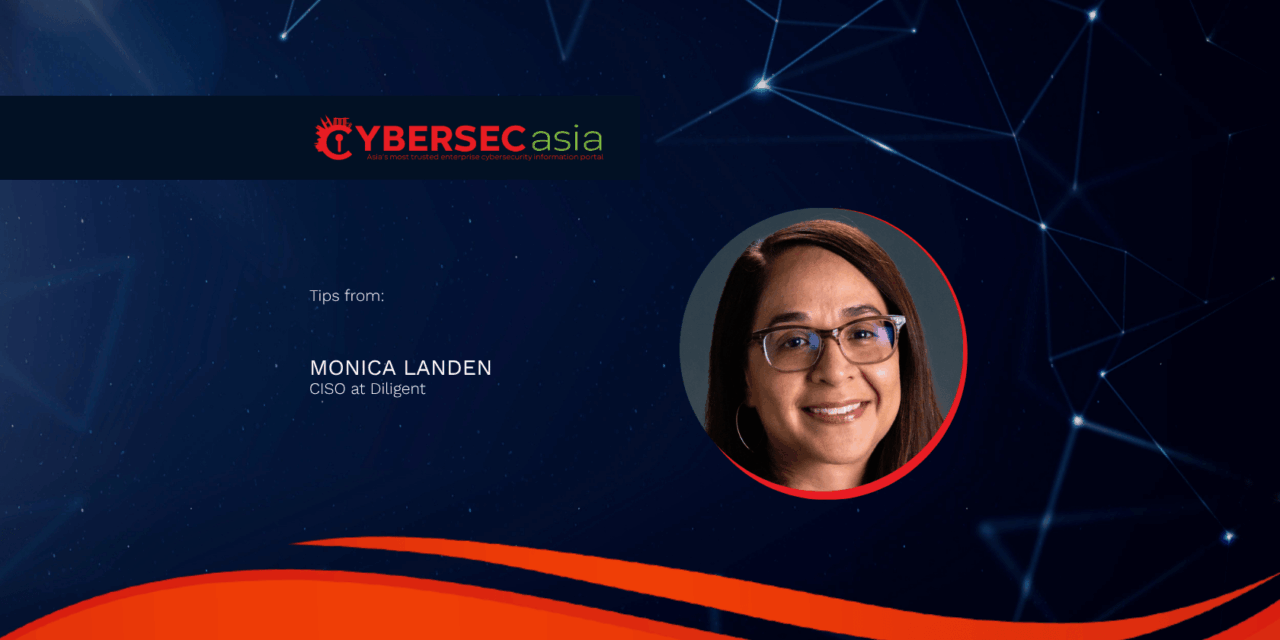With more complicated deals comes a heightened risk of cybersecurity threats, which can have a significant impact on the success of these M&A transactions.
After a subdued period for dealmaking, global mergers and acquisitions (M&As) are regaining momentum in 2025, with total value surpassing US$3.5 trillion, the highest since 2021.
Asia-Pacific reflects the global rebound with its own nuances: deal values have climbed 14% this year even as volumes fell by 8%, suggesting that organizations are prioritizing fewer, but larger and more complex transactions.
A recent global Diligent study found that 97% of organizations face challenges in “transaction readiness” – their ability to navigate capital deals such as M&As or partnerships efficiently. Notably, 11% of respondents reported inadequate technology infrastructure, such as a lack of secure virtual data rooms and documents saved in disparate locations, which can exacerbate cybersecurity risks
Factors such as cloud migration, third-party integrations, and the growing use of AI in business operations have expanded the attack surface and introduced new governance challenges that traditional due diligence may not capture.
Without structured processes and the right technology to track risks, organizations may miss critical financial, legal, operational, compliance or cybersecurity issues before signing a deal. These gaps can lead to unexpected liabilities, regulatory penalties, or operational setbacks post-close.
Addressing heightened cyber risks
A robust cyber assessment of M&A targets is therefore crucial, as it provides acquirers with clear visibility into the target’s risk posture and data protection practices – factors that can materially influence valuation and post-merger integration.
For cybersecurity leaders, this means close collaboration with legal, finance, and compliance teams to ensure findings are reflected in deal terms and integration planning.
So, what can organizations and their security teams do to embed cyber due diligence more effectively into the M&A process? Here are six practical steps:
- Build a clear risk profile: Begin by mapping the target’s technology environment, identifying critical systems, data assets, and third-party connections that could introduce vulnerabilities. A thorough risk profile should account for regulatory and contractual requirements governing data protection, processing, and sharing. This helps uncover potential legal exposures and ensures alignment with the acquirer’s compliance framework.
- Create an accurate asset inventory: Visibility is fundamental.Catalog all hardware, software, domains, cloud services, and data repositories, documenting ownership, dependencies, and protection measures. Understanding the target’s existing infrastructure enables informed risk assessments, limits integration challenges and helps avoid costly remediation after the deal closes.
- Evaluate the risk-management programme: To evaluate the cyber risk-management practices, assess incident response maturity and governance, including how past incidents have been handled to determine whether lessons were learned and controls improved. This involves reviewing recovery processes, documentation, and key security policies, as well as requesting compliance reports like SOC 2 or ISO 27001 to gauge control strength and regulatory alignment.
- Analyze technology and integration readiness: Confirm whether the target’s systems align with the acquirer’s architecture, security controls, and compliance requirements. Assess interoperability across infrastructure, applications, and cloud environments, identifying technical debt or unsupported technologies. Reviewing documentation helps anticipate challenges and plan remediation for a smoother post-deal transition.
- Define and limit access levels: During and after the transaction, access permissions must be tightly controlled to prevent unauthorized exposure of sensitive information. Excessive or inherited access rights are among the most common post-merger vulnerabilities. Apply least-access principles so that users only have the data privileges necessary for their role.
- Monitor risks post-deal: Cyber due diligence continues well beyond closing, with continuous monitoring vital to detect new vulnerabilities and policy misalignments. With 60% of organizations still operating siloed GRC and finance systems, a clear, disciplined roadmap that aligns security with business objectives ensures visibility, reduces risk, and helps protect the value of the acquisition.
A step closer to transaction readiness
Ultimately, cyber due diligence is as much about discipline as it is about foresight. It provides the steadiness needed to ensure that technology, data and trust remain intact when two organizations become one.
Leveraging comprehensive M&A due diligence, with the right tools in place, ensures teams can uncover hidden risks and make informed decisions before committing to a transaction.

















